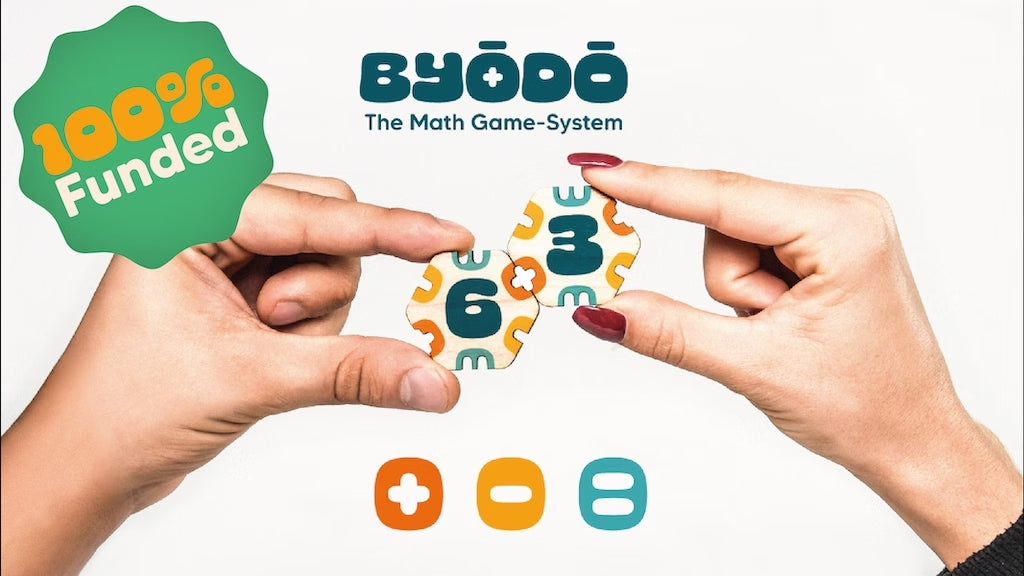Mathematics is the basis of science, the language with which we understand and describe the world, the cornerstone of human knowledge and the principle of computing. If so, why do they continue to have such a negative rating among students? According to a recent study in the United Kingdom, many 16-year-old students think that math "is boring, difficult and unnecessary for the real world", a phrase that sums up their view of this subject and often causes them not to continue studying mathematics when it is no longer compulsory.
This context has been one of the basic motivations of the project Byōdō – The Math Game-System, a final degree project conceived and designed by Elisava Eva Vela and Gabriel Alcaide's Industrial Design Engineering degree students . "Our goal is to put an end to the negative connotation of mathematics by introducing an educational and playful tool in their learning," they say.
The first mathematical game system ever
In this sense, Byōdō is the first mathematical game system in history; a series of basic game elements that, combined, allow the creation of multiple games by users, who can thus explore their creativity while playing and learning, while developing their mental calculation capabilities.
According to its designers, "tools are needed that generate positive emotions in children to create meaningful learning: emotions such as joy, motivation and confidence allow our brains to retain information more easily".
Emotion and learning based on the Montessori method
Byōdō is a tool that follows the Montessori method: its material and color palette are designed to be sensory and visually appealing. The game works very similarly to traditional cards, with the only difference being that its main mechanics are based on mathematical operations. Physically, it consists of hexagonal tiles, numbered from 0 to 9, which allow you to create chains of visual and manipulable mathematical operations. How? By joining the grooves on their edges, which have the shape of half a mathematical operator, and which, when connected correctly, create the mathematical symbols of addition, subtraction or equality, forming chains of mathematical operations.
VIA: UVIC


Compartir:
SPAIN OBTAINS THE WORST MATHEMATICS RESULTS EVER RECORDED
We're relaunching the BYŌDŌ blog! 🎉
1 comment
Quisiera saber para qué edades está recomendado el juego. Y, también, si están disponibles en Argentina. ¡Gracias!